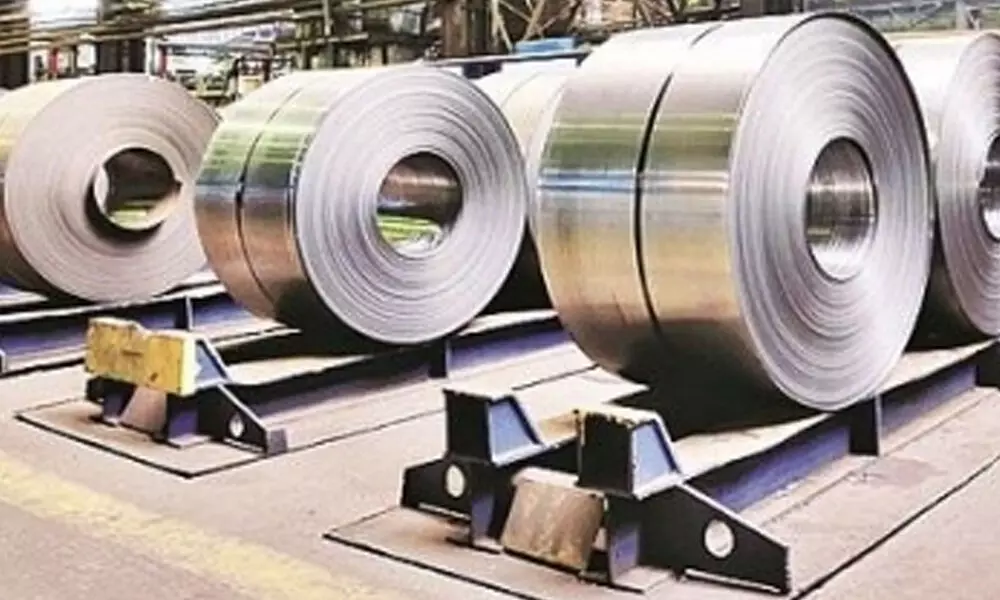Steel exports riding on rich realisations
The high prevailing price of steel globally has built a strong ground for domestic steel makers to test overseas market for growth with competitive price offerings.
image for illustrative purpose

Mumbai, April 12 The high prevailing price of steel globally has built a strong ground for domestic steel makers to test overseas market for growth with competitive price offerings.
According to a research report from Crisil, in January-March 2021, domestic steel prices rose slower than global prices, which widened the spread between landed global prices and domestic prices to 19 per cent in March from 2 per cent in October.
This, the ratings agency said, drove exports up 126 per cent on-year in March to 1,290 kilo tonne (KT), compared with a monthly average of 650-750 KT in recent times.
Interestingly, while exports of finished steel in the first quarter of fiscal 2021 (April-June, 2020) were driven by lacklustre domestic demand due to lockdown and and demand destruction due to the pandemic, the surge in the last quarter was led by higher export realisation.
Overall in fiscal 2021, exports increased 29 per cent. The momentum is expected to continue and push finished steel exports another 12-16 per cent higher this fiscal, Crisil said.
Interestingly, there were variations in the geography mix of exports last fiscal. In the first half, China accounted for 30 per cent of finished steel exports. In the third quarter, however, that number plunged to a mere 8 per cent with January and February seeing negligible exports. In contrast, the share of the European Union surged from 13 per cent of exports in the first quarter of last fiscal to over 39 per cent in January-February.
The exports would be supported by three factors: Expectation that global steel prices will remain elevated, especially in the first quarter of this fiscal, before cooling sequentially. Also, widening spreads between export and domestic realisations will support exports. Lastly, the expectation that incremental supply will exceed incremental demand with the commissioning of 6 million tonne of new supply.
After a brief cooling phase in February this year, global steel prices have continued to rally and touched $830 per tonne in the last week of March, the highest in the past 12 years.
Healthy demand in China, low-base effect of the January-March 2020 quarter, and small steps towards de-carbonisation that's impacting supply lifted global steel prices to $690 per tonne on average in the last quarter of fiscal 2021, compared with $483 per tonne in the same period a year before. Iron ore supply hiccups at mines in Brazil and Australia also lent lift.
Domestic prices are expected to remain elevated through the first quarter of the current fiscal, with average price hikes of Rs 5,000 per tonne likely sequentially, Crisil said.
But from the second quarter, both global and domestic prices would cool sequentially. For the current fiscal, they are expected to increase 13-15 per cent on-year.
Supply-tightening reforms in China and the second wave of Covid-19 are the key monitorables.

